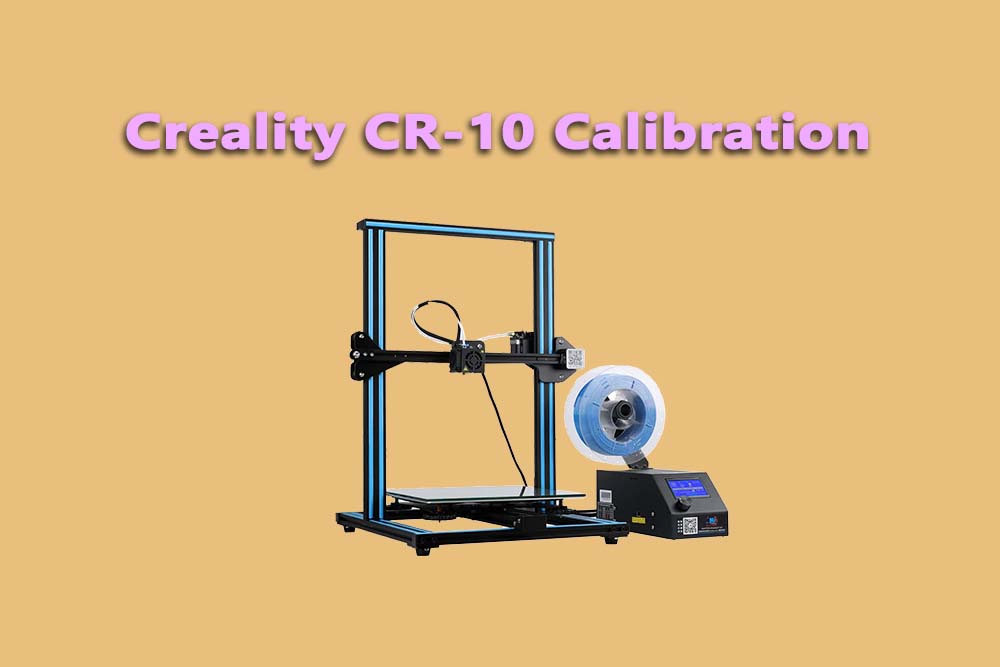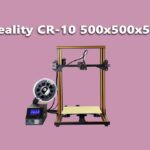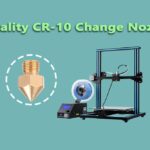What is Calibration?
The word “calibration” can be used in a variety of ways, but when it comes to 3D printers, calibration is the process of leveling the build platform and setting the distance from the extruder nozzle to the build platform. This ensures that your prints will have a consistent appearance and dimensions.
Creality CR-10 Calibration
Calibration is essential for any 3D printer in order to produce consistent and accurate results. The process involves leveling the build platform and setting the distance from the extruder nozzle to the build platform. This ensures that your prints will have a consistent appearance and dimensions.

Why we doing calibration?
Calibration is important for any 3D printer in order to produce consistent and accurate results. The process of leveling the build platform and setting the distance from the extruder nozzle to the build platform ensures that your prints will have a consistent appearance and dimensions.
Without calibration, it would be difficult to produce prints with the desired level of precision and accuracy. Additionally, calibration helps to extend the life of your 3D printer by preventing wear and tear on the components.
What are the steps of calibration?
There are a few steps involved in calibrating a 3D printer:
- Level the build platform – This can be done by adjusting the screws on the underside of the platform until it is level. Some printers have an automated leveling feature, which makes this process much easier.
- Set the distance from the extruder nozzle to the build platform – This can be done by adjusting the height of the extruder or by moving the build platform closer or further away from the extruder.
- Print a calibration cube or test pattern – There are many different types of calibration cubes and test patterns available online, or you can create your own. By printing one of these objects, you can verify that the printer is correctly calibrated and producing accurate prints.
- Repeat as necessary – Depending on the complexity of your prints, you may need to recalibrate your 3D printer periodically in order to maintain optimal performance.
The steps involved in calibration may vary depending on the printer model, so it’s important to consult the user manual or online tutorials for specific instructions.
However, the basic steps are usually fairly similar across all printers. By following these steps, you can ensure that your 3D printer is accurately reproducing your designs.
What changes occurs after calibration?
After calibrating your 3D printer, you should notice a few changes:
- The prints will be more consistent in terms of size and appearance.
- The accuracy of the prints will be improved.
- The life of the printer may be extended due to reduced wear and tear on the components.
- You may need to recalibrate the printer periodically to maintain optimal performance.
calibration is essential for getting the best possible results from your 3D printer – it ensures that the platform is level, the extruder is at the correct height, and that there is a consistent distance between the nozzle and build platform.
Without calibration, you may find that your prints are not as accurate or consistent as you would like them to be, and the life of your printer may be shortened due to wear and tear on the components. By following the steps outlined above, you can ensure that your 3D printer is accurately reproducing your designs.
Additionally, calibration helps to extend the life of your 3D printer by preventing wear and tear on the components. The steps involved in calibration may vary depending on the printer model, but the basic steps are usually fairly similar. By following these steps, you can ensure that your 3D printer is accurately reproducing your designs.
FAQ’s:
Q: What is Creality CR-10?
A: Creality CR-10 is a desktop 3D printer that was created by Shenzhen Creality Industrial Co., Ltd. It features a large build volume of 300x300x400mm and utilizes a Bowden extrusion system for smooth and accurate prints.
Q: Why is calibration important?
A: Calibration is important because it ensures that the printer is accurately reproducing your designs. Without calibration, you may find that your prints are not as accurate or consistent as you would like them to be, and the life of your printer may be shortened due to wear and tear on the components.
By following the steps outlined above, you can ensure that your 3D printer is accurately reproducing your designs.
Q: Why do I need to calibrate my 3D printer?
A: Calibration is essential for getting the best possible results from your 3D printer. It ensures that the platform is level, the extruder is at the correct height, and that there is a consistent distance between the nozzle and build platform.
Without calibration, you may find that your prints are not as accurate or consistent as you would like them to be, and the life of your printer may be shortened due to wear and tear on the components. By following the steps outlined above, you can ensure that your 3D printer is accurately reproducing your designs.
Q: How often do I need to recalibrate my 3D printer?
A: Depending on the complexity of your prints, you may need to recalibrate your 3D printer periodically in order to maintain optimal performance. Some printers require more frequent calibration than others, so it’s important to consult the user manual or online tutorials for specific instructions.
Q: What happens if I don’t calibrate my 3D printer?
A: If you don’t calibrate your 3D printer, you may find that your prints are not as accurate or consistent as you would like them to be, and the life of your printer may be shortened due to wear and tear on the components. By following the steps outlined above, you can ensure that your 3D printer is accurately reproducing your designs.

